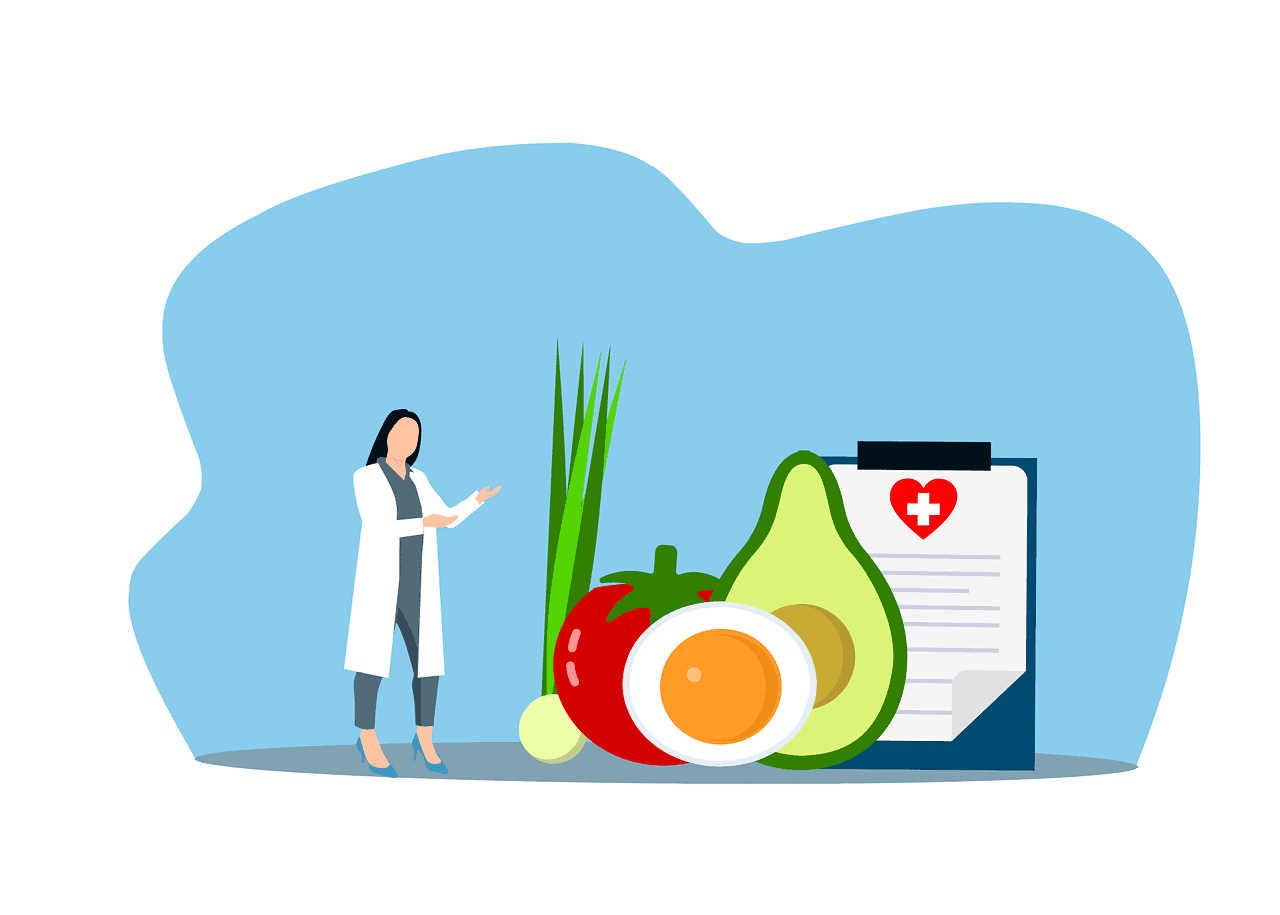The Ultimate Keto Diet Grocery List for Weight Loss
Estimated Reading Time: 5 minutes
- Understanding essential components of the keto diet.
- Curated grocery list for effective weight loss.
- Shopping tips to optimize your budget.
Table of Contents
- Understanding the Keto Diet: A Brief Overview
- Your Essential Keto Grocery List for Weight Loss
- Tips for Effective Keto Shopping
- Adhering to Keto Macros for Effective Weight Loss
- Additional Considerations for Keto Success
- Practical Takeaways
- Final Thoughts
- Call-to-Action
- FAQ
Understanding the Keto Diet: A Brief Overview
The ketogenic diet, commonly referred to as the keto diet, is a low-carb, high-fat eating plan that shifts your body into a metabolic state known as ketosis. In this state, your body becomes adept at burning fat for fuel instead of carbohydrates. This metabolic switch can lead to significant weight loss and improved energy levels.
To achieve effective weight loss on the keto diet, focusing on low-carb foods while maintaining a balance of nutrients is paramount. High-quality protein sources, healthy fats, and low-carb vegetables form the backbone of a successful keto grocery list.
Your Essential Keto Grocery List for Weight Loss
Below is a categorized grocery list designed to help you streamline your shopping experience while adhering to the principles of the keto diet.
1. Protein Sources
- Chicken: A versatile protein that can be prepared in bulk for meal prep.
- Fish: Fatty fish like salmon not only provide protein but are also rich in omega-3 fatty acids.
- Eggs: An incredibly nutrient-dense food that can be boiled in advance for quick snacks or meals.
- Grass-Fed Beef: Offers a healthier fat profile and essential nutrients.
2. Low-Carb Vegetables
It’s essential to include a variety of low-carb vegetables in your diet for necessary vitamins and minerals. Consider adding the following options:
- Asparagus
- Bell Peppers
- Broccoli
- Cauliflower
- Cucumbers
- Mushrooms
- Zucchini
3. Healthy Fats
Fats are a crucial component of the keto diet. Here are some healthy fat options:
- Olive Oil: A staple for cooking and salads.
- Avocados: Packed with healthy monounsaturated fats.
- Butter: Great for cooking and adding flavor to your meals.
- Cheese: Incorporate full-fat varieties like cheddar or mozzarella for delicious toppings.
4. Low-Carb Fruits (in moderation)
While fruits tend to be higher in carbs, certain low-carb options can be enjoyed in moderation:
- Blackberries
- Blueberries
- Raspberries
- Strawberries
5. Dairy and Eggs
Including dairy products can enrich your diet:
- Full-Fat Greek Yogurt: A beneficial dairy option packed with protein.
- Cottage Cheese: Great as a snack or meal component.
6. Snacks
Stocking up on convenient keto snacks can keep you on track. Consider these options:
- Nuts and Seeds: Almonds, walnuts, chia seeds, and flax seeds are excellent choices.
- Sugar-Free Jerky: A protein-rich snack for when you’re on the go.
Tips for Effective Keto Shopping
Shopping for keto-friendly foods doesn’t have to break the bank. Here are some practical tips:
- Buy in Bulk: Purchasing meat and vegetables in bulk can save money. Consider freezing items to reduce waste.
- Meal Prep: Planning meals around similar ingredients can help you avoid unnecessary shopping trips and create more delicious, diverse recipes.
- Rotate Ingredients: Use different ingredients regularly to ensure a balanced intake of nutrients.
Adhering to Keto Macros for Effective Weight Loss
The fundamental breakdown for keto macronutrients is typically 5% or fewer carbohydrates, 70-80% fats, and 20-30% protein. For successful weight loss, aim to limit daily carb intake to under 50 grams, although individual goals and diets can vary based on health status and personal preferences. For more information on keto macronutrients, check out these resources: Perfect Keto and Wholesome Yum.
Additional Considerations for Keto Success
- Stay Hydrated: The keto diet can increase your body’s need for hydration, so make sure to drink plenty of water throughout the day.
- Consult a Professional: Before embarking on any diet, including keto, it’s advisable to consult with a healthcare professional or nutritionist—especially if you have underlying health conditions. For comprehensive keto dietary guides, visit EatingWell.
Practical Takeaways
Creating a solid keto grocery list is the first step toward successful weight loss. Always aim for fresh, whole foods and be mindful of your macronutrient balance. By meal prepping and leveraging smart shopping techniques, you can effectively manage both your diet and your budget.
Final Thoughts
In conclusion, adhering to a keto diet grocery list is crucial for optimizing your weight loss journey. By focusing on quality protein sources, healthy fats, low-carb vegetables, and enjoying snacks wisely, you can achieve your weight loss goals while also enjoying delicious meals.
If you found this keto diet grocery list helpful, be sure to explore more insightful articles on our website. For personalized advice and expert support, consider checking out our services that cater specifically to keto dieters looking to lose weight on a budget.
Call-to-Action
Ready to take your keto journey to the next level? Dive deeper into our blog for more tips, meal plans, and weight management strategies tailored to support your lifestyle!
FAQ
What is the keto diet?
The keto diet is a low-carb, high-fat diet that helps your body enter a state of ketosis, where it burns fat for fuel instead of carbohydrates.
Can I eat fruits on keto?
Yes, but you should choose low-carb fruits like berries and consume them in moderation.
Do I need to calculate macros on keto?
While it’s not mandatory, tracking your macronutrient intake can help ensure you stay within the recommended ranges for effective weight loss.
